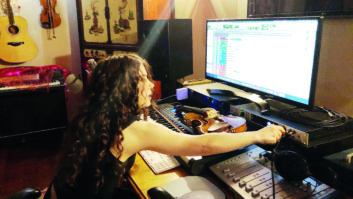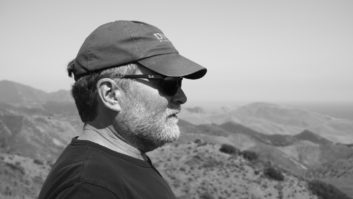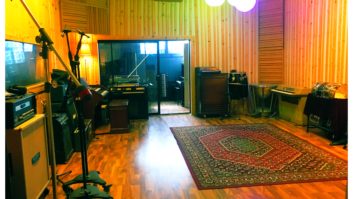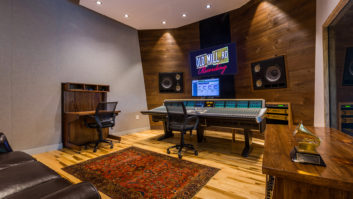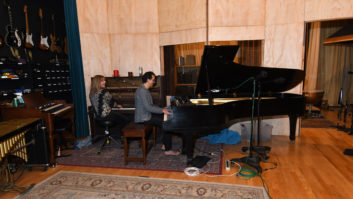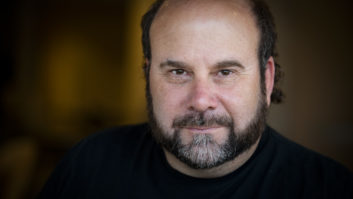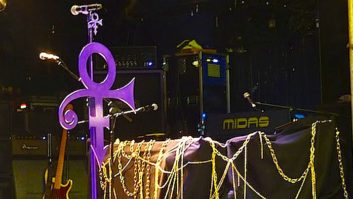As with many of the best business and creative partnerships, this one started with a handshake over lunch. Sitting at a table at Baroo in East Hollywood, where a James Beard Award semifinalist chef serves some of the finest Korean barbecue in Los Angeles, were Dave Neupert, a music industry veteran who had taken a side trip into the beverage and hospitality industry; Simon Horrocks, Neupert’s friend form Chicago now working in music licensing out of Atlanta; and Dave Trumfio, a producer-engineer-musician-studio owner who grew up in Detroit.
Rewind. Actually, the story begins the day before at the same table, with Neupert and Horrocks discussing the new property the former had just purchased just a half block away to further develop his concept of the tavern-inn experience, what he refers to as “bed and beverage.” He had success in Los Angeles previously, along with a track record of rehabbing established and much-beloved bars that had seen better days, most often in neighborhoods about to undergo transformation. (He and his partners developed a similar bed and beverage in in New Orleans that was doing quite well.)
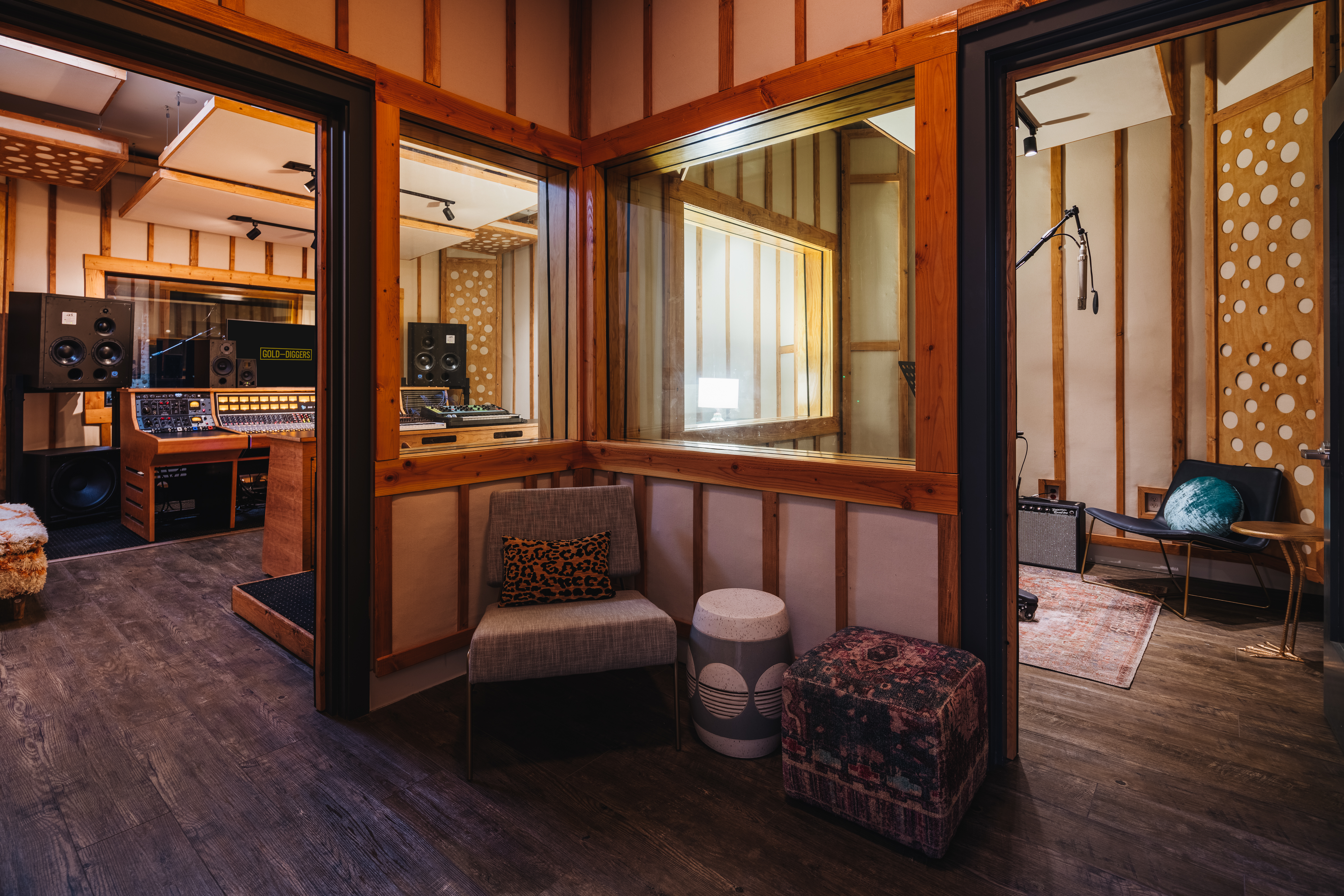
But this one was a bit different. Located on Santa Monica Boulevard, along historic Route 66, the property included an 11-room hotel that had been abandoned but was still zoned, a bar named Gold Diggers that carried a valuable liquor license, and out back there was a 6,000-square-foot structure that in previous lives had been Ed Wood’s soundstage and later a rehearsal facility that laid claim to stints by early Guns N’ Roses and Slayer, among countless others. It was now in bad shape, and Neupert was thinking about making it look good and leasing it out to post facilities, or artists, or…
More on Kingsize Soundlabs: From Chicago to East Hollywood by Tom Kenny
“Wait a little bit before you decide,” Horrocks said to Neupert after they took a look at the rundown space. “I want you to meet a friend of mine named Dave Trumfio. He owns a bunch of recording studios and he has this model that would work here.”
Back to the story. The next day the three met again at Baroo. Three years later, Gold Diggers Sound is on the cover of Mix.
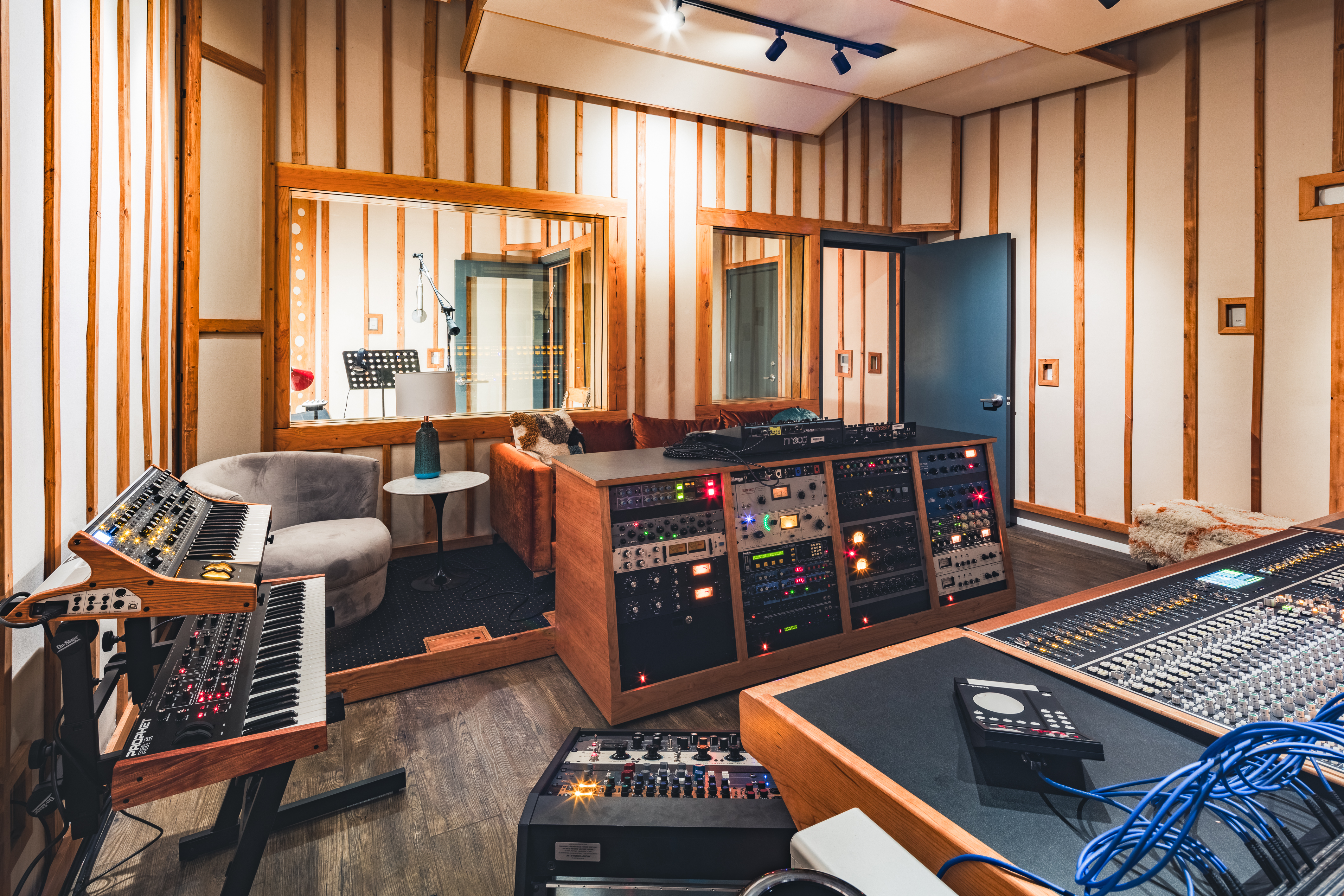
Coming Up With the Plan
“The property dictated the idea,” Neupert says. “Then, hearing what Dave was doing with his sound labs at Kingsize, it was a total no-brainer. We just thought, ‘Let’s do this.’ I had such an immediate comfort level with Dave, and it fell into place so quickly for the three of us. I went with my gut. He has such respect in the recording business and had been doing it in Chicago and L.A. for years with this concept. It just felt right.”
The Trumfian concept of the sound lab is not new. He’s just developed the idea and made it work better than anyone else (see story, page 26). In a nutshell, Trumfio’s studio network includes more than 35 rooms in and around Los Angeles, with roughly 80 percent of them on month-to-month lockout to producers and artists.
For Gold Diggers, as plans went along, they decided to flip the ratio and have only two month-to-month rentals and seven day-to-day rentals, with a focus on touring and visiting artists. While that’s what the demand dictated, any of the rooms can be adapted rather quickly according to needs. Flexibility was built into the equation.
“As we went along, looking at our monthly nut, we realized it was a step up from our other Kingsize locations,” Trumfio laughs. “Dave Neupert really went for it. Whenever we had a choice of A, B and C, he went with the best because it would last. And then throughout the design process, we future-proofed the facility in the wiring and connections so that we would be prepared for any changes that might come along.
“The stage in the bar is wired to any of the studios,” he continues, referencing the 175-capacity showcase club under the hotel. “The hotel rooms are wired in. We can do video and film shoots in Studio 1 and convert the others into production rooms if we need to. And we can convert day-to-day studios to monthlies if a producer comes to town. I’ve been doing this since the early 1990s, and I’ve figured out that you need to reassess what you do about every four to five years.”
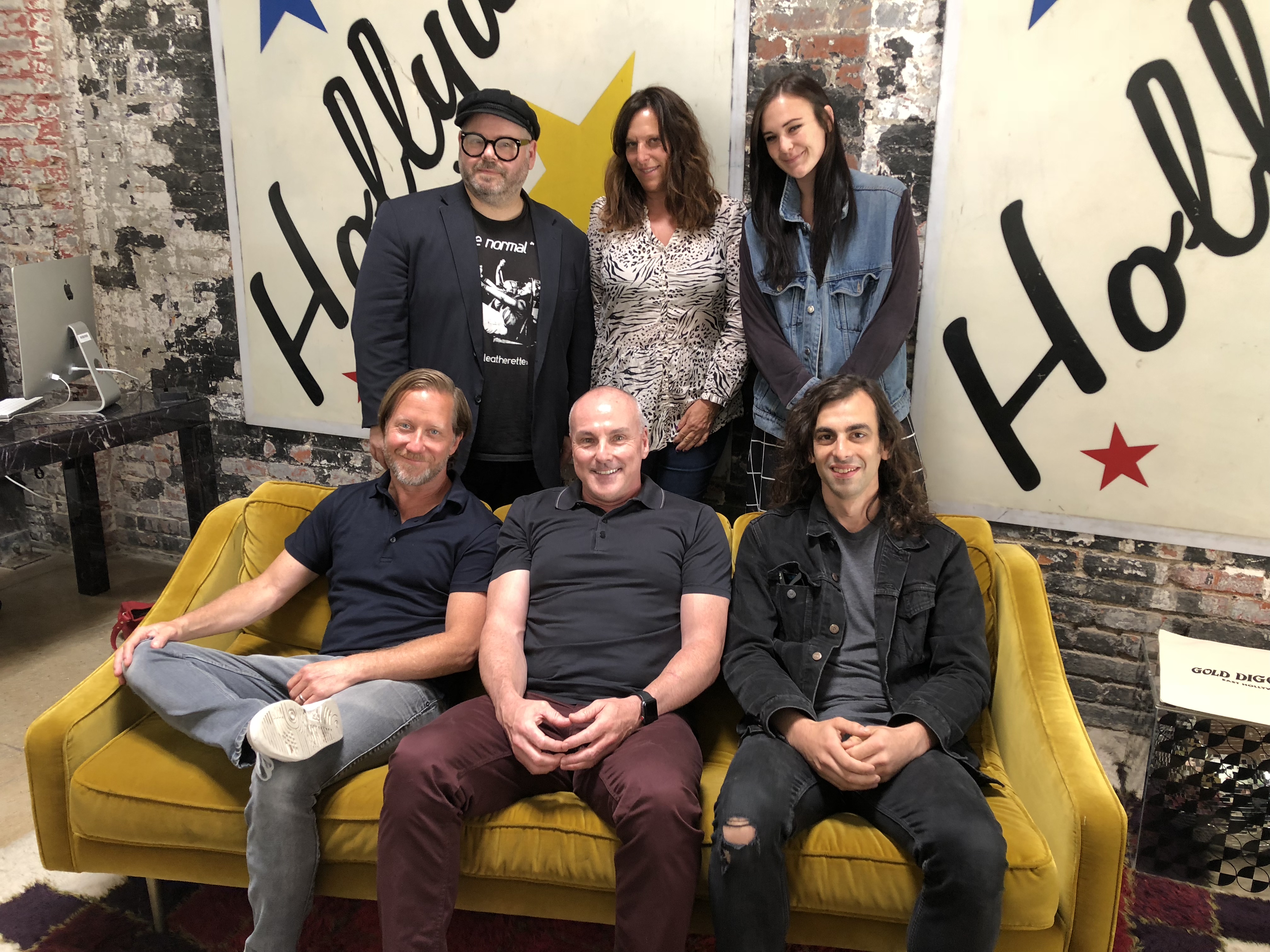
Building Nine Studios
Simultaneous to the demolition going on out back, the hotel was being remade into a boutique music experience, with turntables in the rooms, custom vinyl pressed for guests, and a stage that has already seen plenty of guest acts from the studio and scheduled record showcases and local talent.
The studio demolition revealed high ceilings with original truss work and exposed brick along some walls (notably the Slayer tagging in Studio 1), some of which was kept. Construction took place over roughly two years. The architects were David Wick and Andrew Lindley; they used a general contractor overseen by Trumfio and Horrocks.
“It all came together at once,” Trumfio explains. “Once we had the shell, I went into my DIY mode and assembled a crew and did what we do for any of my rooms. Fabric walls, wood slats. Trap the room, then bring it back. Double slats in spots, a cloud over here. We went into factory mode and went through the rooms. We paid interns for labor, and as we neared the end, there was a lot of clapping and hooting and hollering, listening through active monitors.”
Okay, it wasn’t that simple. During the entire time, these three well-connected industry veterans, along with founding partner Ronna Trumfio, who runs Kingsize Soundlabs with her husband, kept the project relatively secret. They all have large contact lists, but they didn’t want to promise something until they had what they wanted.
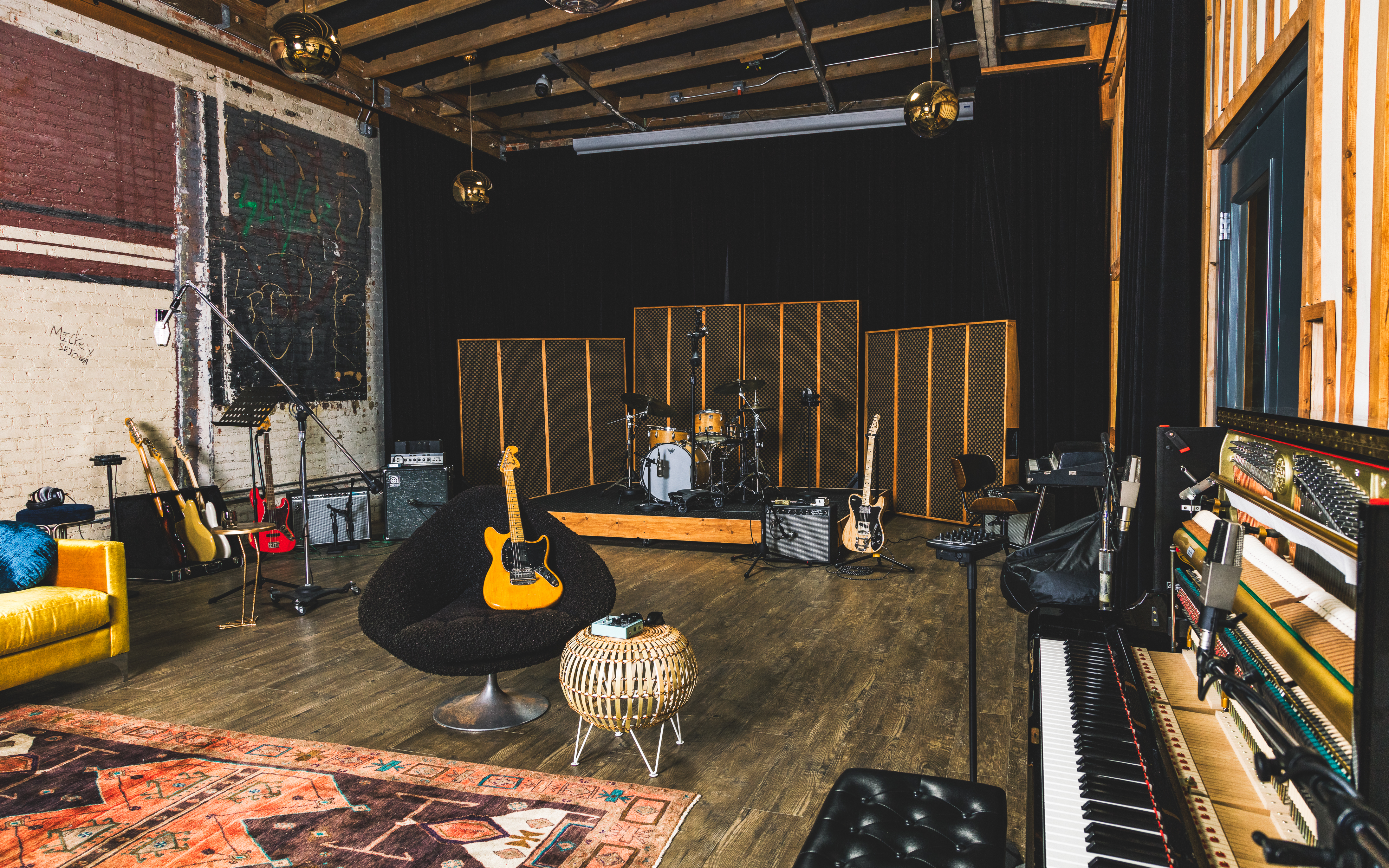
“You don’t want to reach out without a great product,” Neupert says. “We kept our mouths closed for three years except to close friends—kept it close to our vest, waiting for the debut to reach out to that contact base. We’ve been fielding a lot of ground balls so far, and in these first six months as we tweak the product, we’ve been taking care of business. But six months in, our soft launch is done and we can really start tapping into our contacts. It’s a reality; we don’t have to hype it.”
The studios definitely not need to hype themselves. Trumfio knows how to build working rooms, and he has always focused on musicians. He is one. Part of that approach is to build into each room what he calls the “greatest hits” in the gear packages. For more than a decade now he has relied on Jeff Ehrenberg of Vintage King, from back in the days before the L.A. store, when Ehrenberg would show up in his Subaru with vintage and new-vintage gear, sometimes in prototype. Trumfio has been a good customer. He’s also smart, and for the past five years has had an affiliate relationship with reverb.com in brokering choice pieces of gear.
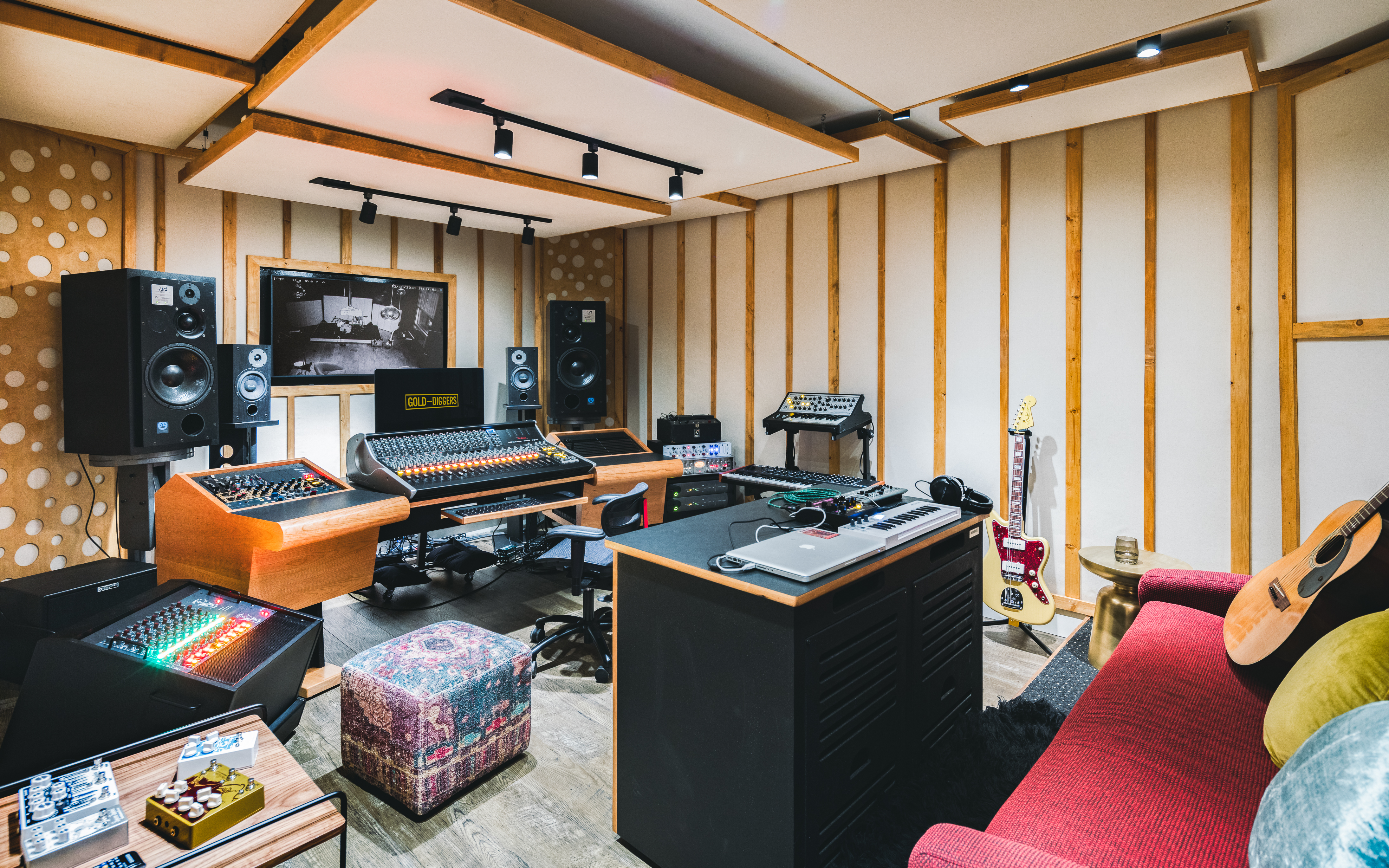
“Since the early days, there have been those go-to pieces of gear—an LA2A, an 1176, Neve 33609, Neve 1073, API mic pre, Pultec-style EQ, opto-limiters like the TubeTech CL1B,” he says. “I was talking to Eric Gorman, our chief engineer, and I thought we just needed the greatest hits, the meat and potatoes. It’s an attraction. My whole concept is that even in the smallest room, the most affordable budget room, we needed that classic chain of a 1073, LA2A, large-diaphragm Neumann. I don’t want anybody shaking a stick at anything. There’s no excuse that you shouldn’t be able to make a world-class recording with the gear in front of you.”
Studio 1 also includes the first installation of the API 2448 console, while the other rooms include SSL boards, Neotek, Avid control surfaces and any other platform an engineer might require.
Songwriter/producer Sam Hollander, a key client, moved in to his studio in August 2018 while finishing was still going on. Sessions with some members from OneRepublic took place in November; later, Gary Clark Jr. The stage hosted a few early events and record release parties. Then the soft launch, with lots of invited industry guests, took place on December 8, 2018. By January of this year, the studios were humming, and they’ve been consistently filled, with varied bookings, ever since, including a silent disco performance in Studio 1 for Air BnB executives in town for a company meeting. The hotel now gets Air BnB bookings.
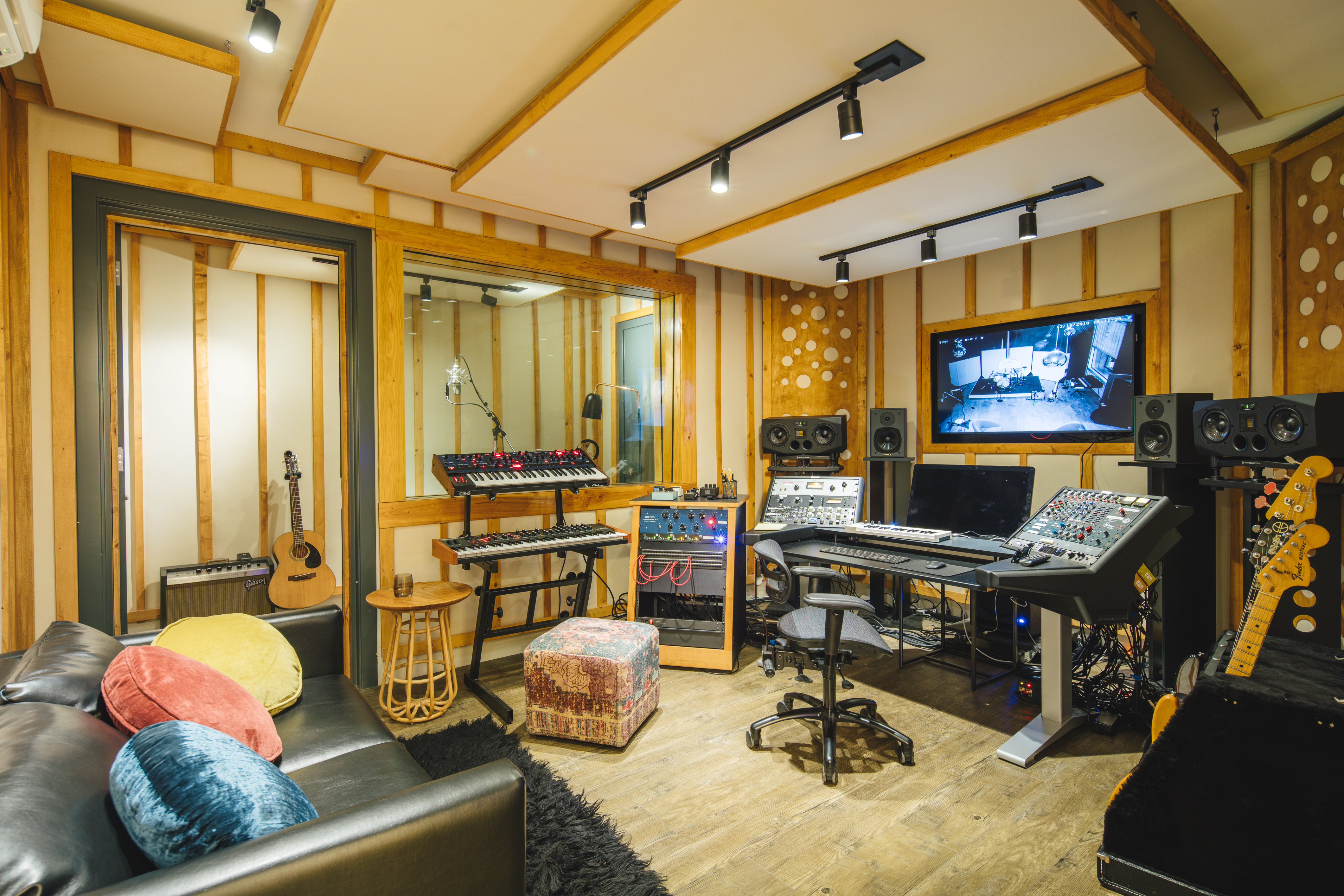
Future-Proof, Future-Ready
Of course there is a long history of hotels putting in recording studios. I’m sure that some are going in as this story goes to press. And there is a solid tradition of destination studios, from Sonic Ranch in El Paso to Power Station New England in Connecticut. But there’s nothing in the world quite like Gold Diggers Studios, combining the hotel-stage-studio experience with the expertise of Dave and Ronna Trumfio and their well-kept-secret of Kingsize Soundlabs.
Besides the record releases, showcase stage and corporate events, they have a publisher signed up for a full hotel-studio lockout in September, and they are well-positioned to take on the boom in podcasting. Two of the studios, though flexible, have been built for podcasters; National podcast companies have even paid full rate to lock out Studio 1.
Gold Diggers has even started developing its own podcasts, part of a larger initiative under Gold Diggers Media with plans to develop intellectual property, not that different from a label. They have the means. They have the Federal ID number. And they have the brains and talent to make it work. It’s what those inside Gold Diggers quietly call Music 2.0. And they are committed.
“We knew that we wanted to be a music campus with the hotel component,” Neupert concludes. “I could not be having more fun in bringing together all my skill sets—from hospitality to music industry to technology with my digital marketing company. And then just hanging out in bars and watching music. This the ultimate for me, to build a campus that inspires creativity. I can’t wait to see what gets created here.”

